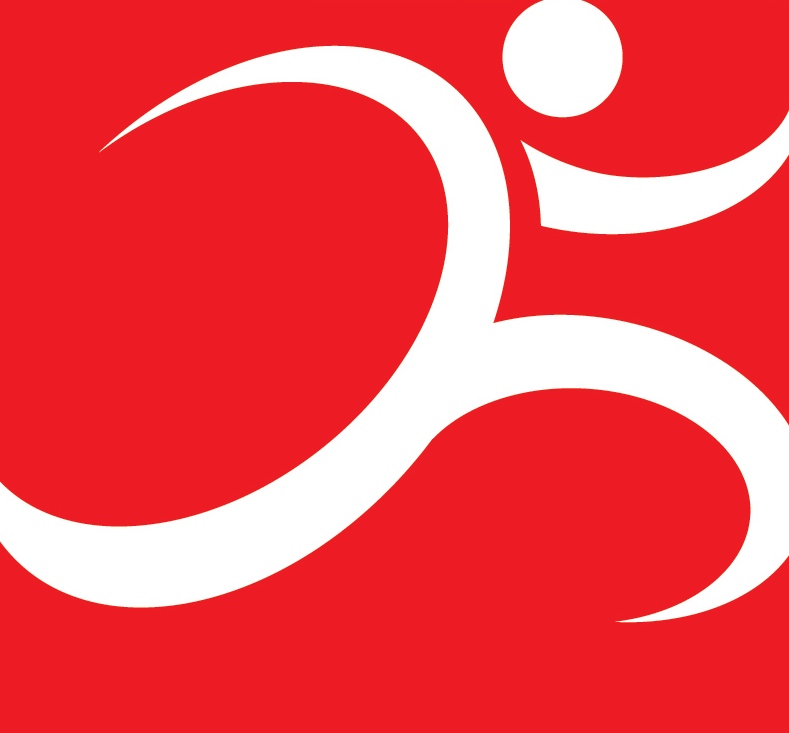“Scar tissue” is a term that is becoming more and more popular throughout the healthcare profession. As it’s hard to find an individual who isn’t dealing with some sort of nagging injury or everyday pain, many are seeking the help of trained professionals that deal with their overuse injuries. What are we learning to be the root cause of most of these injuries? You guessed it: scar tissue.
So what is scar tissue and how can it be prevented or treated once it cozies up in your body? Simply put, scar tissue is the body’s version of a Band-Aid. However, this Band-Aid isn’t the type that seems to only last a few days and comes off with a few leg hairs. Rather, it’s one that literally and figuratively puts a clamp on the surrounding soft tissue structure (a collective term for muscle, tendon, ligament, fascia, and nerve) to prevent any more damage.
How does it do this? This kind of Band-Aid is made of a super substance called collagen. This special connective tissue protein is the body’s version of duct tape with Gorilla Glue as its adhesive. In other words once it’s applied, it isn't budging easily. So while the body has an amazing way of protecting itself, it doesn’t seem to understand the human's psyche that says there is no rest for the weary.
As a soft tissue specialist treating people of all professions and hobbies, I am addressing that stubborn scar tissue with every patient. While many patients can understand the Band-Aid analogy, some are still confused as to why the scar tissue has formed in the first place. “I don’t remember straining my hamstring” is a common reaction I hear from a runner when I explain to the patient that there is a build-up of scar tissue creating that tugging sensation at the back of her knee. Scar tissue isn’t always the result of an acute pulled muscle. Many times scar tissue is laid down in defense of the daily activities that we put our body through both at work and at play. Running thousands of steps each day even at a slow pace can create an overuse or repetitive action injury involving micro-tears of the soft tissue structures. Eventually, over time a cumulative injury cycle starts creating more and more scar tissue to the point where that “easy 10 miles” or one hour of violin practice is nothing but a painful experience. This cycle looks something like this:
Some sort of injury to the soft tissue: acute, repetitive, or constant tension
↓
Tear or Crush
↓
Inflammation/Decreased Circulation and Swelling
↓
Adhesion/Fibrosis = Scar Tissue
↓
Weakness and Tightness
↓
Friction/Pressure/Tension
↓
Further injury to the soft tissue and the start of the cycle again
Thankfully, with the help of techniques such as A.R.T. and Graston, we at Wellness in Motion Boston can tackle scar tissue head on and break this cycle, restoring normal muscle and joint function.

